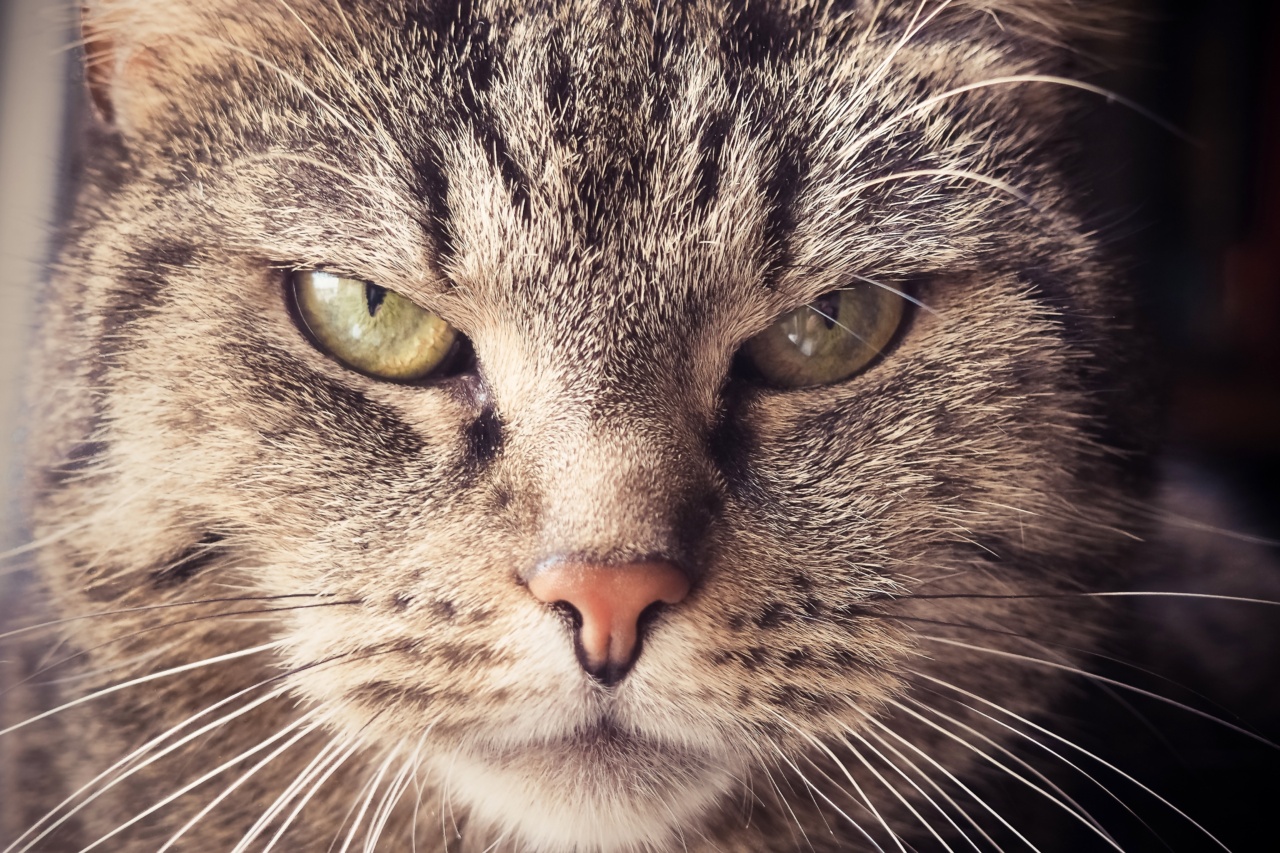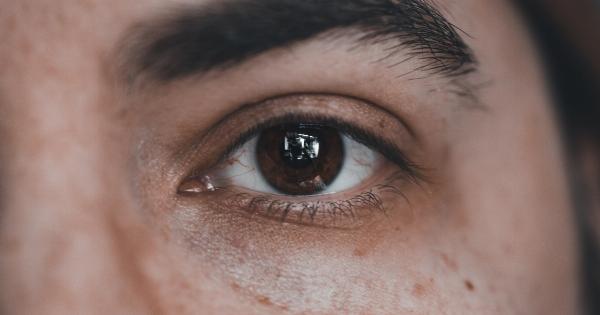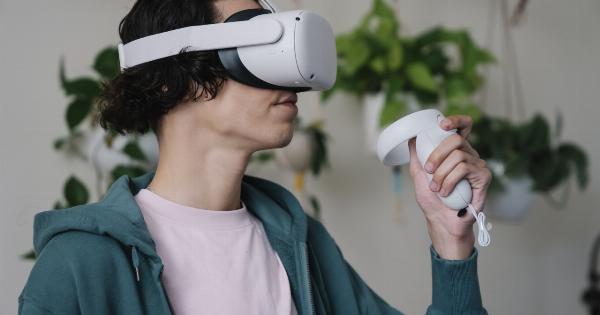When it comes to viewing the world, humans have a unique perspective shaped by our own experiences and perceptions.
Yet, have you ever wondered what it would be like to see the world through the eyes of a dog or a cat? In this article, we will explore how these beloved pets perceive their surroundings, their visual capabilities, and how their perspectives differ from ours.
The Vision of a Dog
Dogs have been companions to humans for thousands of years, and their vision has evolved to suit their specific needs. While dogs have a keen sense of smell and hearing, their visual acuity is not as sharp as ours.
Humans have an average visual acuity of 20/20, while dogs have an average visual acuity of 20/75. This means that what a human with normal vision can see clearly at 75 feet, a dog can only see clearly at 20 feet.
Additionally, dogs have a wider field of view compared to humans. While humans have a field of view of around 180 degrees, dogs have a field of view of about 240 degrees.
This gives them a wider peripheral vision and allows them to detect movement from a greater distance.
However, dogs have a limited color vision compared to humans. While humans can distinguish between a wide range of colors, dogs have only two types of color-detecting cells in their eyes, which means they see the world in shades of blue and yellow.
This is why many dog toys and accessories are designed in shades of blue and yellow, as they are the colors that dogs can most easily distinguish.
The Vision of a Cat
Cats are fascinating creatures with unique visual abilities. They are known for their exceptional night vision, which surpasses that of both dogs and humans.
This is due to a layer of tissue called the tapetum lucidum that reflects light back through the retina, enhancing their sensitivity to low levels of light.
Cats also have a higher visual acuity than dogs, with an average of 20/100. This means that what a human with normal vision can see clearly at 100 feet, a cat can only see clearly at 20 feet.
Cats have a more focused vision, which allows them to spot and track small prey from a distance.
Similar to dogs, cats also have a wider field of view compared to humans. Their field of view is around 200 degrees, giving them better peripheral vision and enabling them to detect movements in their surroundings without directly facing them.
Contrary to popular belief, cats do not see in complete darkness. However, they can see in extremely low light conditions due to their highly sensitive rod cells.
This allows them to navigate in dimly lit environments and maintain their hunting prowess even at night.
Differences in Depth Perception
Depth perception is the ability to perceive the world in three dimensions and judge distances accurately. Humans rely on binocular vision, where each eye sees a slightly different image, and the brain combines these images to create depth perception.
While dogs have binocular vision to some extent, their depth perception is not as precise as humans.
They primarily rely on a combination of visual cues, such as motion parallax (the change in position of objects relative to their background as they move), and the size and perspective of objects to judge distances. This is why dogs sometimes struggle to catch objects thrown directly towards them but excel at tracking moving objects.
Cats, on the other hand, have excellent depth perception, which allows them to accurately judge distances. Their binocular vision is more pronounced compared to dogs, thanks to their forward-facing eyes.
Combined with their heightened visual acuity, cats are skilled at pouncing and landing precisely on their prey.
Perception of Motion
Dogs and cats also have unique ways of perceiving motion. Dogs have a higher flicker fusion rate than humans, meaning they can detect rapid movements that appear as a blur to us.
This is why dogs excel at tracking fast-moving objects, such as a frisbee flying through the air.
Cats, on the other hand, have superb motion detection thanks to their highly sensitive rod cells. This enables them to easily spot even subtle movements, which is crucial for their survival and hunting prowess.
It explains why cats can be captivated by a dangling string or a small insect buzzing around.
Visual Preferences
While dogs and cats perceive the world differently from humans, they also have their own unique visual preferences. Dogs are more attracted to movement and are highly responsive to facial expressions.
They can pick up on subtle cues in body language and facial gestures, allowing them to understand human emotions to some extent.
Cats, on the other hand, are more independent and have a preference for visual stimuli that mimic their prey. They are known for their fascination with laser pointers and toys that simulate the movements of small animals.
Cats are also highly attuned to vertical spaces and enjoy perching on high vantage points where they can observe their surroundings.
Conclusion
Viewing the world through the eyes of a dog or a cat provides a fascinating glimpse into how these beloved pets experience their surroundings.
While dogs have a wider field of view and better motion detection, cats have superior night vision and exceptional depth perception. Understanding the differences in their visual capabilities enhances our appreciation for their unique perspectives and strengthens the bond we share with these extraordinary animals.

























